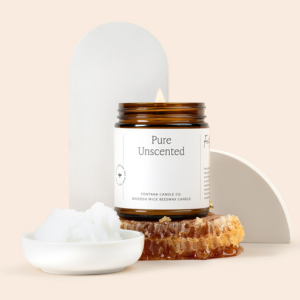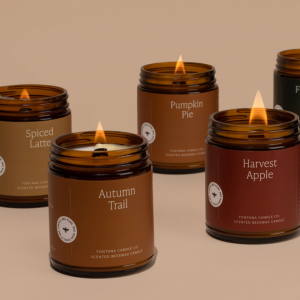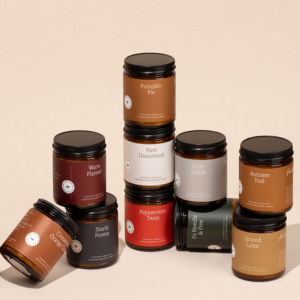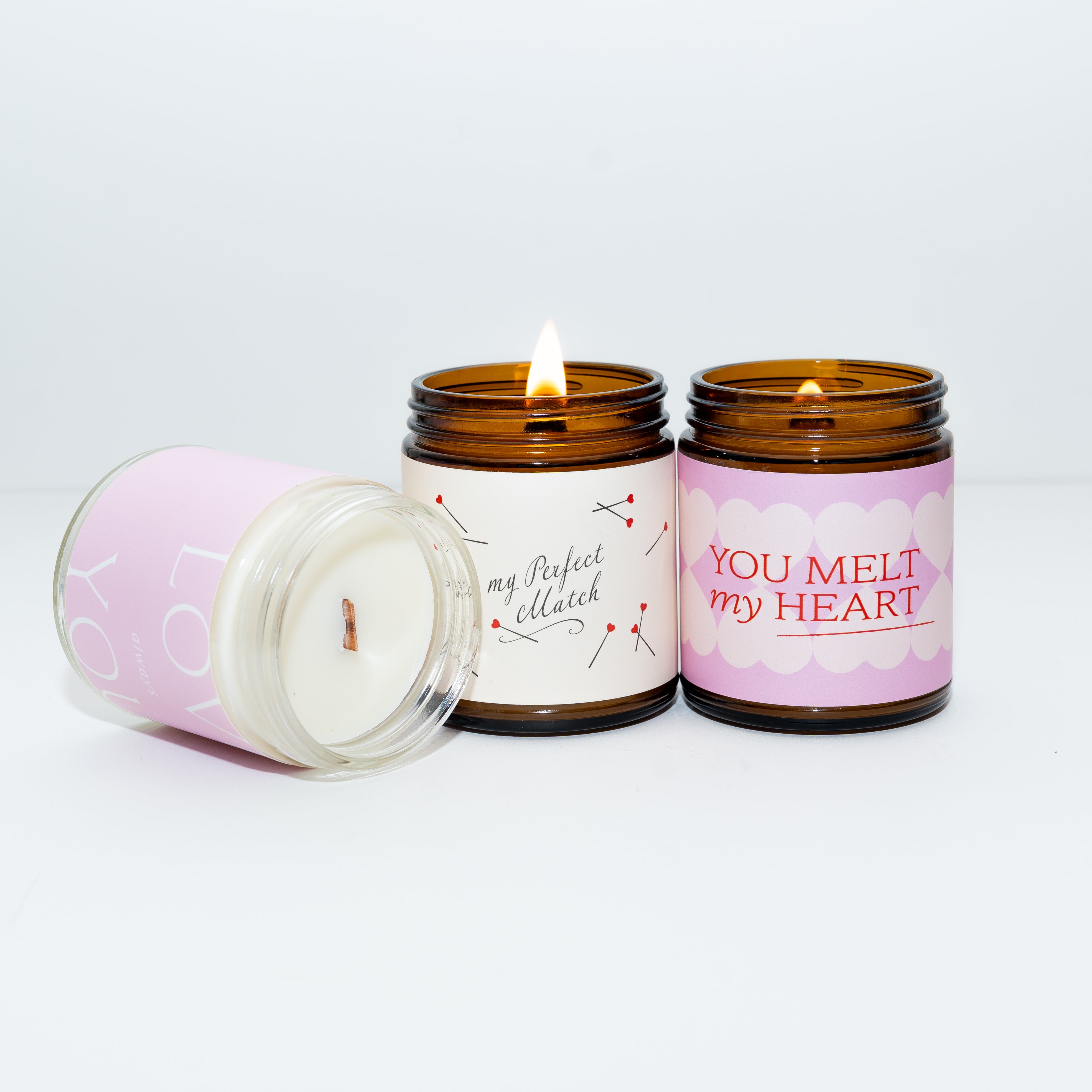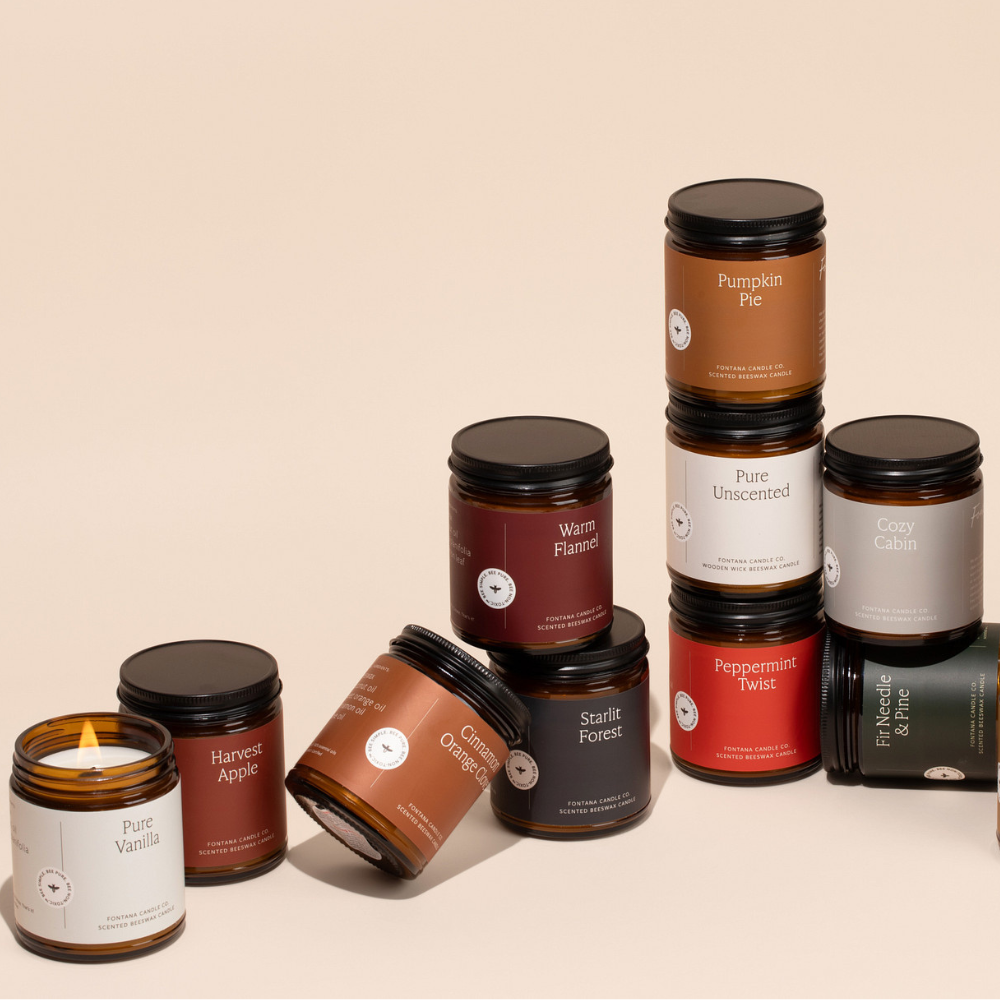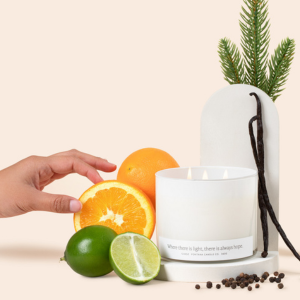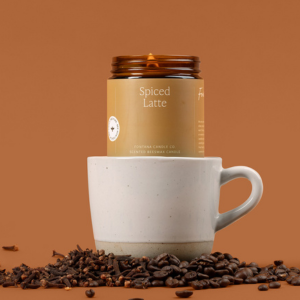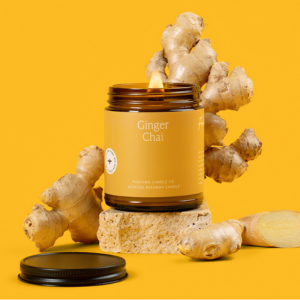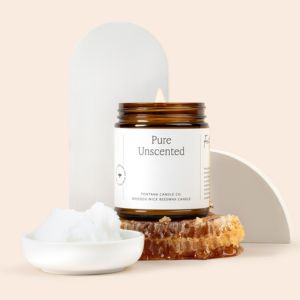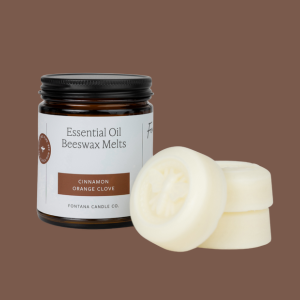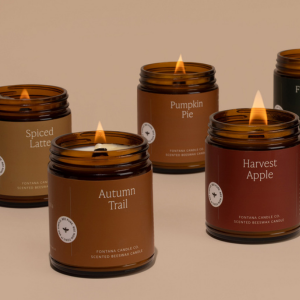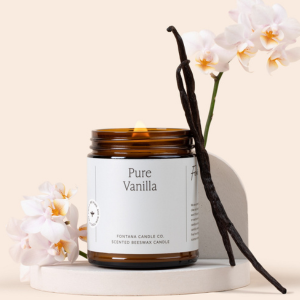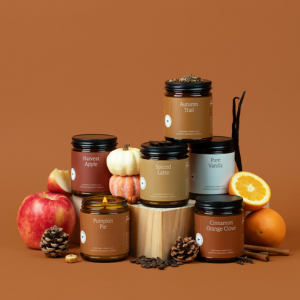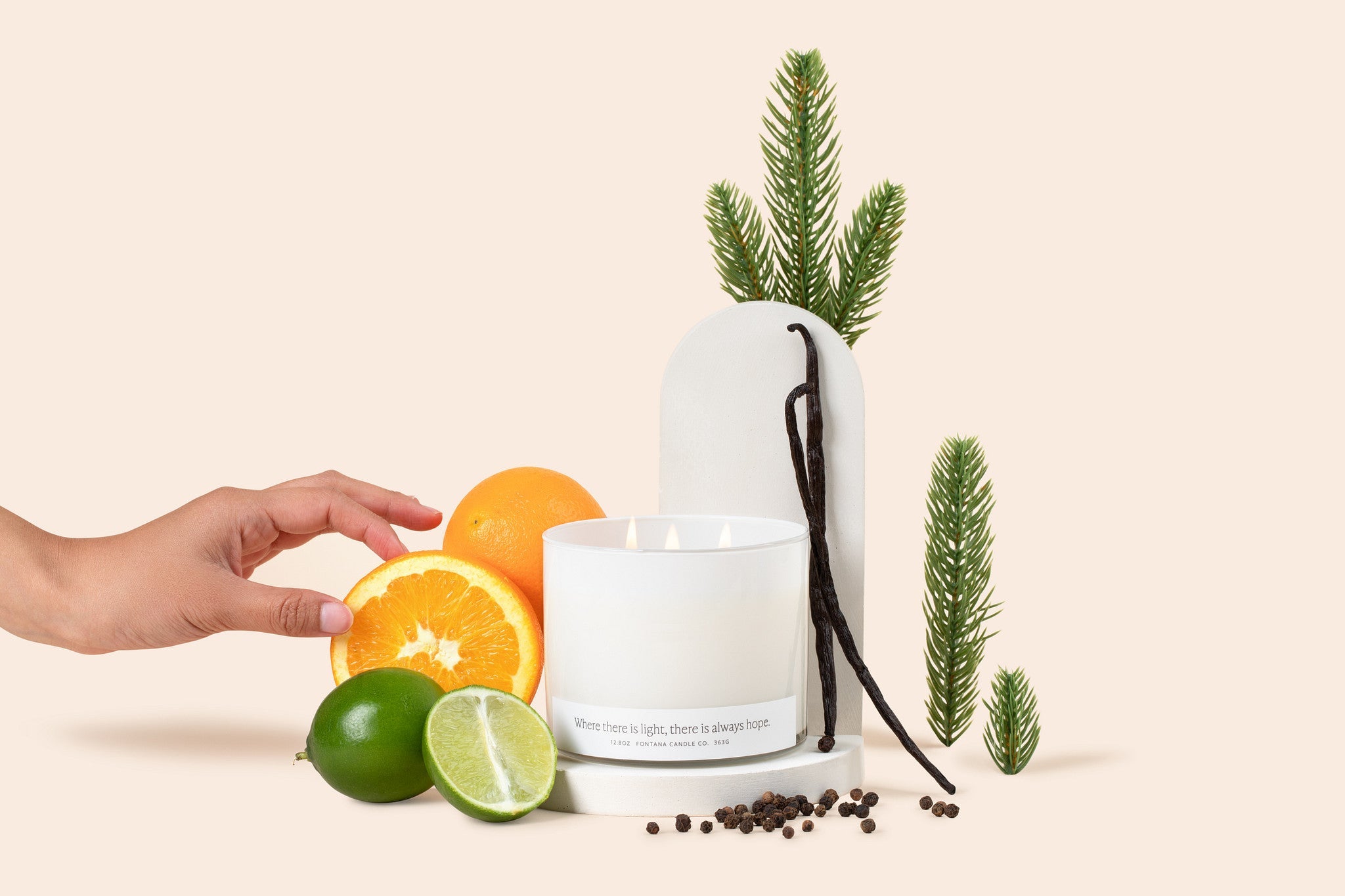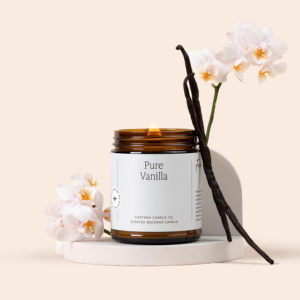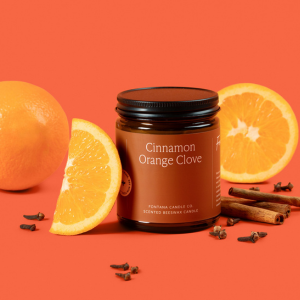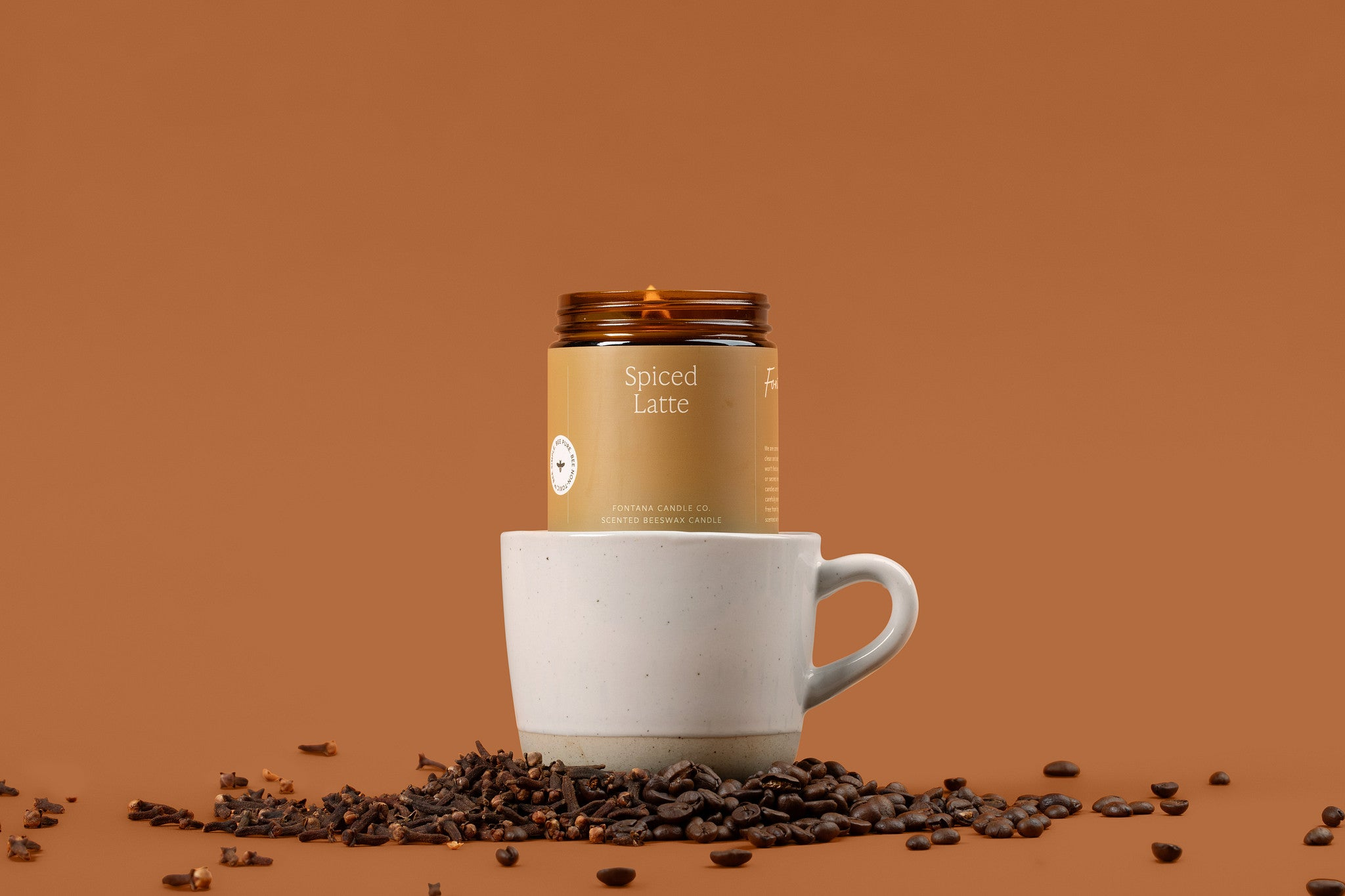Secrets in Fragrance Can Harm Someone?!

Fontana Candle Company often brags about our ingredient transparency and our pure 100% natural ingredients, but what don’t we have in our candles?
Conventional store-bought candles have a number of harmful chemical additives, used to preserve, stabilize, or enhance the scent of the candle. Despite the known harm of many of these ingredients, many of them are still not required to be listed as an ingredient if they make up the synthetic fragrance of the candle.
We’re here to do a deep-dive into some of those chemicals, and why you probably don’t want to light them on fire and to diffuse them within your home. Here are just a few of the thousands of chemicals that could be in your big brand candle…
Episode 1: Styrene
What do cigarettes and big-name candles have in common? Styrene!
Styrene is also known as Ethenylbenzene, Vinylbenzene, Phenylethylene. Styrene is used in the manufacturing of rubber, plastic, insulation, fiberglass, pipes, carpet backing, and car parts! It is also a known carcinogen and can be harmful to your skin, eyes, respiratory system, reproductive system, and gastrointestinal tract….
Do you want that in your candles?
Episode 2: Musk Ketone
What do candles and deer balls have in common?! Musk is an aromatic compound found naturally in some animal species, traditionally used in perfume to stabilize and enhance the scents (but wait till you hear where it's extracted from). In the musk deer or muskrat, extracted from a scent gland in the lower abdomen. Wikipedia describes the scent of musk:” No other natural substance has such a complex aroma associated with so many contradictory descriptions; however, it is usually described abstractly as animalistic, earthy and woody or something akin to the odor of baby's skin”. Because of overhunting, real musk was replaced by synthetic musk to meet the increase in demand (we love a good synthetic!)
Musk Ketone (C14H18N2O5) is used in the majority of products with undefined “Fragrance”. It is used extensively in perfumes, scented lotions, soaps, sprays, body washes, hair products, softeners, cleaners and detergents.
Musk Ketone bioaccumulates and only partially degrades. It has been detected in human blood, breast milk, body fat, and even in umbilical cords. It is also a skin irritant that disrupts hormones and natural cell functions, is a suspected carcinogen, and is toxic to aquatic life. Not so great!
Here’s a fun fact though:
In 2018 Indian authorities used the perfume Obsession by Calvin Klein, which has Musk Ketone in it, to attract and trap a wild tiger that was attacking people.
Episode 3: Benzaldehyde
Almond scented candles must be made with almonds… right? Nope! Bensaldehyde is used as an almond flavor or scent in cosmetics, air fresheners, and eciggarettes. It’s also used by beekeepers as a bee repellent - you might want to trust the bees on this one - this stuff is bad.
Inhalation of the vapor may irritate eyes, nose and throat. Liquid is irritating to the eyes. Prolonged contact with the skin may cause irritation (USCG, 1999) So of course we should put it in candles! It also easily penetrates soil to contaminate groundwater and nearby water ways...
AND is undisclosed in fragrances! Don’t you want to know what chemicals are in your fragrances??? I don’t know about you, but I want to attract the bees. We love bees.
Episode 4: Phthalates
Phthalates are a category of chemicals often used to make plastics more durable.
Three Pthalates are often in fragrance oils: DBP (Dibutyl pthalate ), DMP (Dimethyl pthalate), and DEP (Diethyl pthalate). DBP in particular is often used in fragrance and makes the fragrance last longer.
Phthalates can also be found in nail polish, hair spray, shampoo and body wash…. mmmm I love when my hazardous chemicals linger!
The FDA requires phthalates to be declared as an ingredient, EXCEPT when it is in a fragrance or flavor. Pthalates, especially in the case of perfumes and hygiene products, can be absorbed through the skin. Depending on the phthalate, are linked to birth defects, fertility problems, endocrine disruption and an increased risk of cancer. Do you want that in your candles?
Episode 5: Benzyl acetate
Do you have a Jasmine candle that you love? Chances are… it’s not real Jasmine (Real jasmine costs $3,600 a pound)!
Benzyl acetate makes your favorite products smell sweet and pleasant: air fresheners, hygiene products, heavy duty cleaning products, insect repellant, paint, and ink.
It is also a known narcotic, causes respiratory irritation, can cause kidney damage over multiple exposures, and is harmful to aquatic life with long lasting effects on the ecosystem. Maybe it doesn’t smell so great after all.
Episode 6: Ethyl Acetate
What do you have in common with the bugs in a bug collection? You both breathe in Ethyl Acetate! Bug collectors put Ethyl Acetate in a “killing jar” to asphyxiate insects without damaging them.
Ethyl acetate is also used in Air fresheners, cleaning products, adhesives, wood finishes, and fungicide. It’s used in perfumes because it evaporates quickly, leaving the scent of the perfume on the skin.
When we gas our homes full of Ethyl Acetate, it can cause narcotic effects, drowsiness, dizziness, eye irritation, nausea, and loss of consciousness. Basically, it shuts down your central nervous system, and overwhelms your liver and kidneys.
Episode 7: Camphor
Camphor, also called “Dragon’s brain perfume,” is one of the oldest synthetic fragrances out there. It was originally used in ancient China as a preservative for embalming, then in early folk medicine as a decongestant, became popular in Europe after the Black Death, then in early psychology to cure schizophrenia by purposefully inducing seizures.
It has a minty smell and taste that leaves a cooling sensation, you might recognize it best from Vicks, but it’s also in products like Air fresheners, candles, cleaning products, disinfectants, print toner, paint, acne treatment washes, bite relief, hygiene products, makeup.
So many things we use every day…but it can cause skin irritation, eye irritation, respiratory irritation, genetic defects, or liver disease. Yum… Minty.
Episode 8: Methylene Chloride or DCM
DCM is a chemical used widely in manufacturing for its volatility and ability to dissolve organic compounds. Methylene Chloride is recognized by the EPA, the FDA, and OSHA as a hazardous material and likely carcinogen. Despite limits, warnings, and bans on its use, DCM can still be found in things like decaffeinated coffee, candles, and paint strippers!
It can be absorbed through inhalation or skin contact, leading to difficulty concentrating, dizziness, fatigue, nausea, headaches, numbness, weakness, and irritation of the upper respiratory tract and eyes. Because it is metabolized into carbon monoxide by the body, extended exposure could cause carbon monoxide poisoning, leading to suffocation, loss of consciousness, coma, and death in the most severe cases.
Do you really want to be breathing it in with artificial fragrance?
Secrets Secrets are no fun. Secrets in fragrance can harm someone.
Fill your home with the scents you trust. Fontana proudly offers 100% natural ingredients and 100% ingredient transparency. Learn about our MADE SAFE Certification here.
Shop our transparent and third party scented products here.

